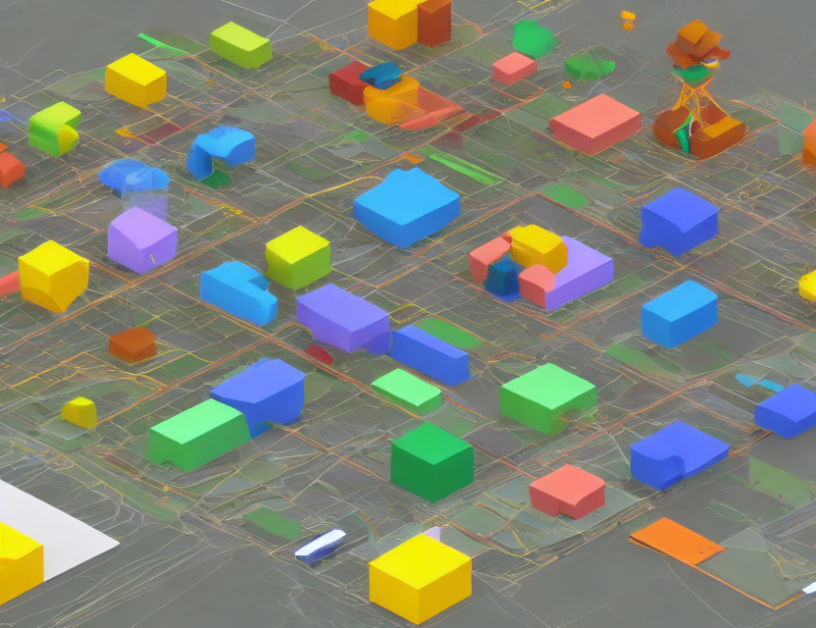In recent years, there has been a significant increase in internet usage, leading to a surge in demand for high-quality content. To address this challenge, content delivery networks (CDNs) have become widespread, utilizing caching techniques to prefetch popular content and reduce network traffic during peak hours. This article provides an overview of the history of caching, including its early developments and recent advances in the field.
History of Caching
Caching has a rich history dating back to the 1960s when computer networks were first introduced. Early on, caching was used primarily for improving network performance by storing frequently accessed data closer to the user. Over time, caching evolved to include more sophisticated techniques such as caching at multiple levels (e.g., cache at the client-side, server-side, or network-level).
In the 1980s and 1990s, researchers began studying the theoretical limits of caching, focusing on the information-theoretic optimal rate for caching. This work laid the foundation for modern coded caching techniques that aim to achieve near-optimal performance while minimizing memory usage.
Recent Advances in Caching
In recent years, there has been a surge of interest in coded caching, which involves storing multiple versions of content at different nodes within a network. This technique allows for more efficient use of cache memory and can significantly improve performance in certain scenarios. Researchers have also explored the integration of machine learning techniques with caching to further enhance performance.
coded caching is similar to having multiple libraries scattered throughout a city, each storing different books. When a user requests a book, the closest library is consulted first before checking other libraries if necessary. By strategically placing caches within a network, it becomes possible to deliver content faster and more efficiently.
The study of caching has become increasingly complex as networks have evolved, but advances in recent years have helped to demystify many of these complex concepts. For instance, coded caching can be likened to having multiple libraries scattered throughout a city, each storing different books. When a user requests a book, the closest library is consulted first before checking other libraries if necessary. By strategically placing caches within a network, it becomes possible to deliver content faster and more efficiently.
Conclusion
In conclusion, caching has undergone significant developments over the years, from its early beginnings as a simple technique for improving network performance to the sophisticated coded caching techniques of today. These advances have been driven by the increasing demand for high-quality content and the need to improve network efficiency. As networks continue to evolve, it is likely that caching will play an even more critical role in enhancing their performance and capacity. By staying up-to-date with the latest research in this field, we can better understand how these techniques work and find ways to optimize their use for faster and more efficient content delivery.



